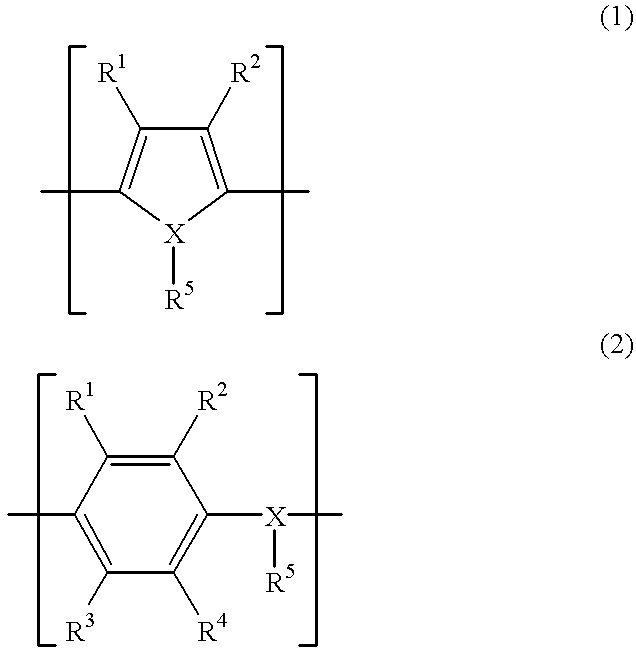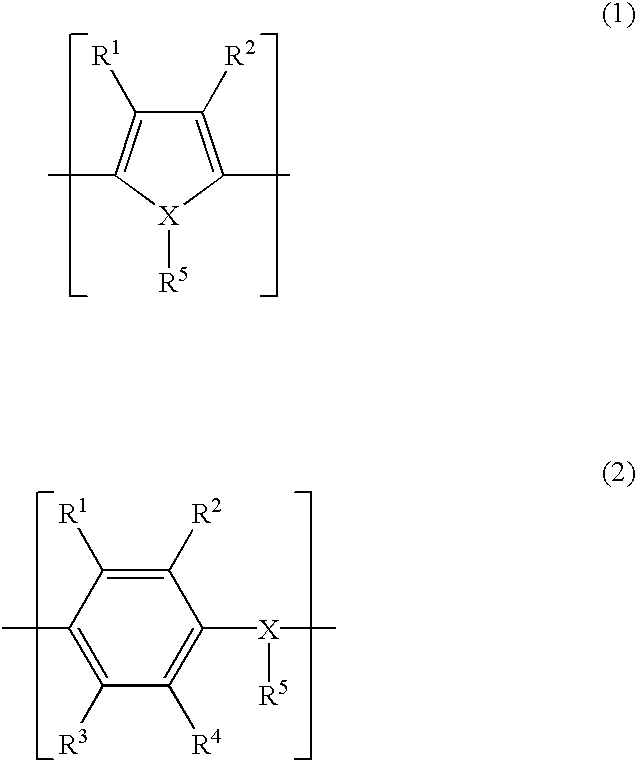Niobium powder, sintered body thereof, and capacitor using the same
a technology of niobium powder and sintered body, which is applied in the direction of electrolytic capacitors, capacitor details, transportation and packaging, etc., can solve the problems of obtaining capacitor, unable to easily impregnate sintered body with cathode agent, and insatiable requirement for small-sized capacitors, etc., to achieve small leakage current value, good heat resistance, and large capacitance per unit weight
- Summary
- Abstract
- Description
- Claims
- Application Information
AI Technical Summary
Benefits of technology
Problems solved by technology
Method used
Image
Examples
examples 2 to 9
[0259] In order to produce a niobium sintered body containing at least one of the above-mentioned transition elements of group VI in the periodic table, that is, at least one element selected from the group consisting of chromium, molybdenum, and tungsten, the transition element(s) of group VI of the periodic table in the form of a powder and a niobium ingot were mixed in an arbitrary ratio. Thus, a niobium ingot containing the transition element of the group VI of the periodic table was prepared by arc fusion. The niobium ingot, which weighed 50 g, was pulverized using the same apparatus as employed in Example 2 with the pulverizing time being changed. Using the prepared niobium powder containing the transition element of group VI of the periodic table, a sintered body was produced. The capacitance and the LC of the sintered body were separately measured. TABLE 5 shows the results.
examples 10 to 15
[0261] The amounts of niobium and tungsten were varied before arc fusion in order to change the content of tungsten in the obtained tungsten-containing niobium. Thus, a niobium ingot containing tungsten in an amount of 0.01 to 10 mol % was prepared. A sintered body was prepared from 50 g of the tungsten-containing niobium ingot having each concentration of tungsten in the same manner as in Example 1. The capacitance and the LC were separately measured. TABLE 8 shows the results.
examples 17 to 22
[0263] 100 g of a niobium ingot was put into a reaction vessel made of stainless steel (SUS304), and hydrogen was continuously introduced into the vessel at 400.degree. C. for 10 hours. The hydrogenated niobium in the form of a cake was cooled and pulverized with balls made of stainless steel (SUS) for 10 hours in a pot made of stainless steel (SUS304). The hydrogenated product was prepared as a slurry in water in an amount of 20% by volume and placed in a wet pulverizer made of stainless steel (SUS304) (trademark "Atritor") together with zirconia balls, and wet grinding was performed for 7 hours. The slurry was subjected to centrifugal sedimentation, and the pulverized particles were obtained by decantation. The pulverized particles were dried at 50.degree. C. under a vacuum of 133 Pa. Subsequently, the hydrogenated niobium powder was heated at 400.degree. C. for dehydrogenation under the application of a pressure of 1.33.times.10.sup.-2 Pa for one hour. The mean particle size of t...
PUM
| Property | Measurement | Unit |
|---|---|---|
| Fraction | aaaaa | aaaaa |
| Fraction | aaaaa | aaaaa |
| Length | aaaaa | aaaaa |
Abstract
Description
Claims
Application Information
 Login to View More
Login to View More - R&D
- Intellectual Property
- Life Sciences
- Materials
- Tech Scout
- Unparalleled Data Quality
- Higher Quality Content
- 60% Fewer Hallucinations
Browse by: Latest US Patents, China's latest patents, Technical Efficacy Thesaurus, Application Domain, Technology Topic, Popular Technical Reports.
© 2025 PatSnap. All rights reserved.Legal|Privacy policy|Modern Slavery Act Transparency Statement|Sitemap|About US| Contact US: help@patsnap.com



